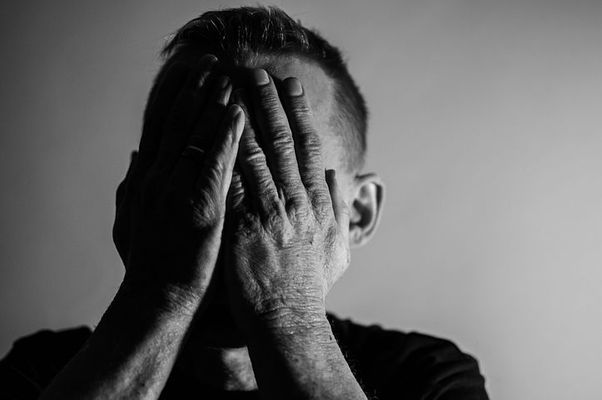5.1.5
Madness, Illness & Confinement
Madness, Illness and Confinement
Madness, Illness and Confinement
Common Gothic tropes and closely associated with Gothic ‘terror’, Dracula presents these three concepts as interrelational.


Confinement
Confinement
- Typically for the 19th century, the ‘treatment’ for what the characters consider 'madness' and illness in Dracula often takes the form of confinement.


Jonathan's insanity
Jonathan's insanity
- Jonathan, when confined within Dracula’s castle, believes he’s going insane.
- He has visions of Dracula turning into a bat and isn’t quite sure what’s real or imagined when he sees the three vampire women.
- Jonathan escapes but falls ill “with a violent brain fever” and is nursed by nuns, who are able to contact Mina back in England.


Lucy's somnambulism
Lucy's somnambulism
- Lucy suffers from somnambulism (sleepwalking) which leads to Dracula attacking her and her contraction of a mysterious ‘illness’.
- Lucy is confined to her room by Dr Seward who eventually calls in Van Helsing to help with her case.


Mina's hypnotic visions
Mina's hypnotic visions
- Mina’s blood connection to Dracula causes her to have hypnotic visions of the Count’s whereabouts.
- Van Helsing wants her confined during this ‘illness’ at first, but later she’s brought along on the mission to Transylvania to track down the Count.


Arthur's fit
Arthur's fit
- Arthur is so horrified at Lucy death that he collapses in Mina’s arms in a fit of hysterics approaching madness.
- “Sad and broken”, he is imprisoned by his own grief, only finding release once he has saved Lucy’s soul.


Questioning sanity
Questioning sanity
- Van Helsing and Seward question their own sanity at times as they are ‘men of science’ tracking down Dracula according to the ‘laws’ of superstition.
1Context - Gothic Literature
1.1Origins & Conventions of Gothic Literature
1.2Vampires in Gothic Literature
1.3'Terror' & 'Horror'
1.4Narrative Features
2Context - The Victorian Era
2.1The Victorian Era
3Chapter Summaries & Analyses
4Character Profiles
4.1Archetypal Gothic Characters
4.2Count Dracula
4.3Other Main Characters
4.4Minor Characters
5Key Ideas
6Writing Techniques
7Critical Debates & Interpretations
7.1Initial Reception of Dracula
7.2Modern Reception of Dracula
Jump to other topics
1Context - Gothic Literature
1.1Origins & Conventions of Gothic Literature
1.2Vampires in Gothic Literature
1.3'Terror' & 'Horror'
1.4Narrative Features
2Context - The Victorian Era
2.1The Victorian Era
3Chapter Summaries & Analyses
4Character Profiles
4.1Archetypal Gothic Characters
4.2Count Dracula
4.3Other Main Characters
4.4Minor Characters
5Key Ideas
6Writing Techniques
7Critical Debates & Interpretations
7.1Initial Reception of Dracula
7.2Modern Reception of Dracula
Unlock your full potential with Seneca Premium
Unlimited access to 10,000+ open-ended exam questions
Mini-mock exams based on your study history
Unlock 800+ premium courses & e-books